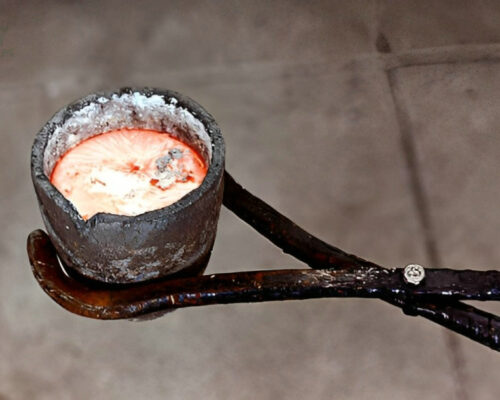Aluminium alloy
Alloyight Your World: Where Quality and Aluminum Alloy Unite!
Our Aluminium Alloy Products

2000 Series
copper aluminum alloy

3000 Series
aluminum manganese alloy
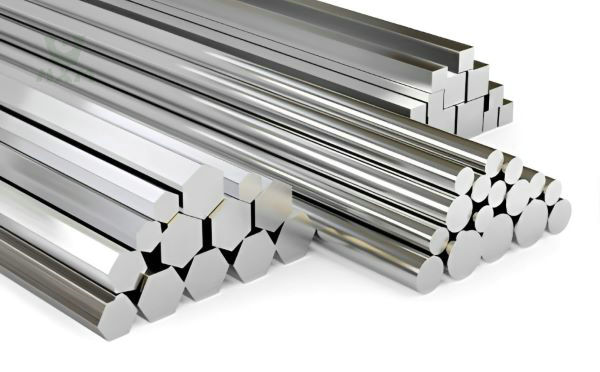
4000 Series
aluminum silicon alloy
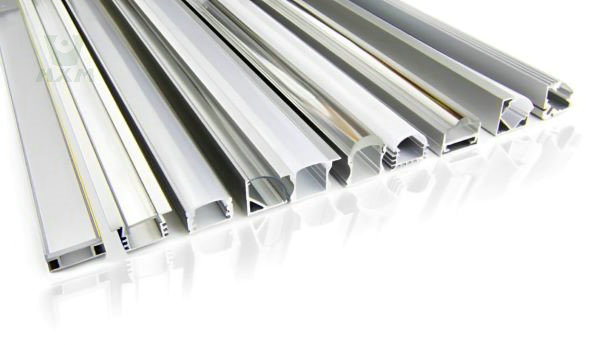
5000 Series
aluminum magnesium alloy

6000 Series
aluminum magnesium
silicon alloy
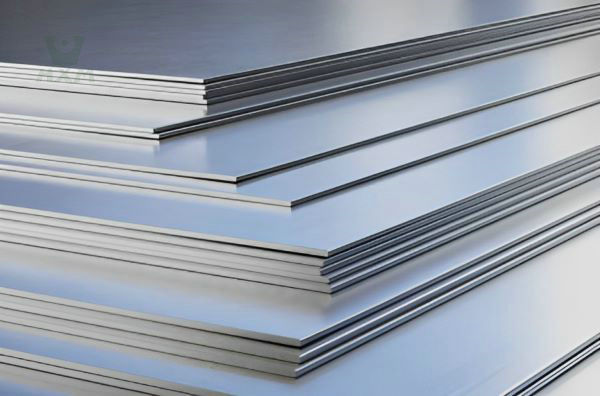
7000 Series
aluminum zinc alloy

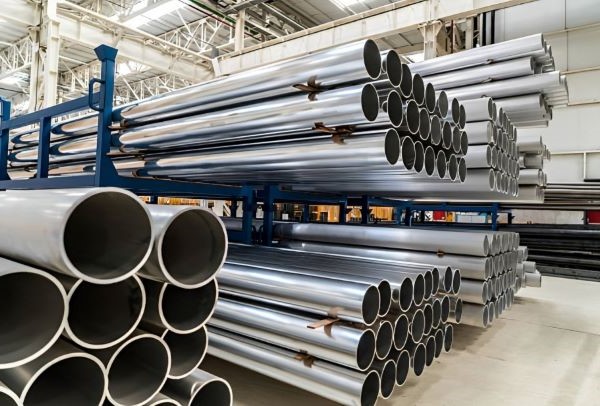

About Us
14+ Years Exporting Experience
Throughout these years, Alloyours have honed our expertise in international trade, expanding our reach to serve clients in diverse regions around the world.
your reliable and trusted partner in the global market
Our extensive export experience has equipped us with a deep understanding of the complexities and nuances of cross-border transactions. We are well-versed in navigating international regulations, customs procedures, and logistics, ensuring seamless delivery of our products to customers across continents.
- Unparalleled Expertise
- Quality & Precision
- Customer-Centric Approach
- Sustainability & Responsibility
What are the primary alloying elements used in aluminum alloys?
The primary alloying elements used in aluminum alloys are:
Copper (Cu) is a primary alloying element used in aluminum alloys. When added to aluminum, copper enhances the material's strength, hardness, and corrosion resistance. Copper also improves the conductivity of aluminum, making it suitable for electrical and heat transfer applications. Additionally, copper-aluminum alloys exhibit excellent thermal stability and high-temperature performance. The presence of copper in aluminum alloys contributes to their versatility, making them ideal for various industries, including aerospace, automotive, and electrical engineering. Aluminium alloy suppliers offer a range of copper-aluminum alloys with different copper content to meet specific performance and application requirements.
Magnesium (Mg) is a vital alloying element used in aluminum alloys. When added to aluminum, magnesium enhances the material's strength, formability, and lightweight properties. Aluminum-magnesium alloys, commonly known as "duralumin," are highly sought after for their exceptional strength-to-weight ratio, making them ideal for aerospace and automotive applications.
The addition of magnesium to aluminum also improves its corrosion resistance, especially in marine environments. This makes aluminum-magnesium alloys suitable for marine components, boat hulls, and other structures exposed to seawater.
Furthermore, magnesium provides increased weldability and resistance to cracking, enabling easy fabrication and assembly of aluminum-magnesium components.
Aluminium alloy suppliers offer a range of aluminum-magnesium alloys with varying magnesium content, allowing engineers to tailor the material to meet specific performance and application demands in diverse industries.
Zinc (Zn) is an essential alloying element used in aluminum alloys. When added to aluminum, zinc enhances the material's strength, hardness, and corrosion resistance. Aluminum-zinc alloys, commonly known as "zinc-aluminum," are popular for their versatility and suitability in various applications.
Zinc improves the casting and extrusion properties of aluminum, making it a preferred choice for manufacturing complex shapes and intricate components.
Aluminum-zinc alloys exhibit excellent resistance to atmospheric corrosion, making them ideal for outdoor applications and structures exposed to harsh weather conditions.
Moreover, the addition of zinc to aluminum alloys enhances their machinability, enabling easier processing and fabrication.
Aluminium alloy suppliers offer a range of aluminum-zinc alloys with varying zinc content, allowing engineers to select the most suitable material for specific applications, such as architectural components, automotive parts, and electrical enclosures. The combination of zinc's beneficial properties with aluminum's lightweight nature makes these alloys valuable across numerous industries.
Manganese (Mn) is a significant alloying element used in aluminum alloys. When combined with aluminum, manganese contributes to improving the material's strength, ductility, and corrosion resistance.
Aluminum-manganese alloys are commonly utilized in applications where formability and weldability are essential, such as sheet metal fabrication and automotive components.
Manganese also plays a crucial role in grain refinement during the solidification process, leading to improved mechanical properties and reduced vulnerability to cracking.
Aluminum-manganese alloys are popular choices for various structural applications due to their favorable combination of mechanical performance and cost-effectiveness.
Silicon (Si) is an important alloying element used in aluminum alloys. When added to aluminum, silicon improves the material's castability and fluidity during casting processes. This makes aluminum-silicon alloys, commonly known as "silumin," suitable for various casting applications.
Silicon also contributes to reducing the coefficient of thermal expansion in aluminum alloys, making them less susceptible to dimensional changes with temperature variations.
Additionally, silicon enhances the mechanical properties of aluminum alloys, such as tensile strength and hardness, especially when combined with other alloying elements like magnesium.
Aluminum-silicon alloys are widely used in automotive and aerospace industries for manufacturing components like cylinder heads, engine blocks, and pistons.
Chromium (Cr) is a vital alloying element used in aluminum alloys. When incorporated into aluminum, chromium significantly enhances the material's corrosion resistance properties.
Aluminum-chromium alloys, often referred to as "chromalumin," are known for their exceptional resistance to corrosion in various environments, including acidic and marine conditions. This makes them highly suitable for applications exposed to corrosive elements.
The presence of chromium in aluminum alloys forms a passive oxide layer on the surface, acting as a protective barrier against corrosion. The oxide layer regenerates when damaged, ensuring continued protection against deterioration.
Aluminum-chromium alloys find extensive use in industries such as aerospace, marine, chemical, and architectural, where durability and resistance to corrosive elements are critical factors.
Nickel (Ni) is an important alloying element used in aluminum alloys. When added to aluminum, nickel enhances the material's strength, toughness, and resistance to corrosion.
Aluminum-nickel alloys, commonly known as "nickel-aluminum," exhibit excellent mechanical properties and are suitable for applications requiring high strength and durability.
Nickel also contributes to increasing the melting temperature and thermal stability of aluminum alloys, making them suitable for high-temperature applications, such as in aerospace and automotive industries.
Aluminum-nickel alloys are known for their exceptional weldability, enabling easy fabrication and joining processes.
Moreover, the addition of nickel to aluminum enhances its resistance to oxidation and wear, making it suitable for challenging environments.
These alloying elements are combined in various proportions to create a wide range of aluminum alloys, each with its unique set of mechanical properties and applications. By adjusting the composition of these elements, aluminium alloy suppliers offer a diverse selection of aluminum alloys tailored to meet the specific requirements of different industries and applications.
How does the composition of aluminum alloys affect their mechanical properties?
The composition of aluminum alloys significantly affects their mechanical properties, influencing factors such as strength, hardness, ductility, and fatigue resistance. Here are some key ways in which the composition impacts the mechanical properties of aluminum alloys:
Strength is a critical mechanical property of aluminum alloys, and it is greatly influenced by their composition. Alloying elements, such as copper, magnesium, and zinc, are added to enhance the material's strength. The incorporation of these elements forms intermetallic compounds that strengthen the aluminum lattice.
High-strength aluminum alloys are commonly used in aerospace, automotive, and structural applications, where the ability to withstand significant mechanical loads and stresses is crucial. The strength of aluminum alloys varies depending on the specific alloy and its composition, allowing engineers to select the most appropriate material for their intended applications. By carefully adjusting the alloy composition, aluminium alloy suppliers can offer a wide range of aluminum alloys with varying levels of strength to meet diverse industry needs.
Hardness is another significant mechanical property affected by the composition of aluminum alloys. Alloying elements play a crucial role in determining the material's hardness, which measures its resistance to indentation, scratching, or deformation under applied loads.
Certain alloying elements, like copper and zinc, contribute to increasing the hardness of aluminum alloys. The formation of intermetallic compounds within the aluminum lattice strengthens the material, resulting in improved hardness.
The hardness of aluminum alloys is essential in applications where wear resistance, surface durability, and resistance to plastic deformation are required. Alloys with higher hardness values are commonly used in industries such as automotive, aerospace, and manufacturing, where components experience constant contact, abrasion, or sliding.
Aluminium alloy suppliers offer a wide range of aluminum alloys with varying hardness levels, allowing engineers and designers to select the most suitable material for specific applications based on their hardness requirements and performance expectations.
Ductility is a critical mechanical property of aluminum alloys influenced by their composition. Ductility refers to the material's ability to deform under tensile stress without fracturing or breaking. The presence of certain alloying elements, such as magnesium, enhances aluminum's ductility, making it more malleable and capable of undergoing extensive plastic deformation.
High ductility is advantageous in various applications where forming and shaping processes are essential, such as rolling, extrusion, and deep drawing. Aluminum alloys with good ductility can be easily fabricated into complex shapes and intricate components, offering design flexibility and ease of manufacturing.
Aluminium alloy suppliers offer a range of aluminum alloys with different ductility levels to cater to diverse industry needs. Engineers can select the most appropriate alloy based on the desired formability and ductility required for specific applications, making aluminum alloys a versatile choice in industries like automotive, construction, and consumer goods.
Corrosion resistance is a crucial property of aluminum alloys, and it is significantly influenced by their composition. The addition of alloying elements, particularly chromium, improves the material's ability to resist corrosion.
Aluminum alloys with higher chromium content form a thin, protective oxide layer on their surface when exposed to oxygen in the atmosphere. This passive oxide layer acts as a barrier, preventing the underlying metal from reacting with the surrounding environment. As a result, aluminum alloys exhibit excellent resistance to rust, oxidation, and other forms of corrosion.
The corrosion resistance of aluminum alloys makes them suitable for various applications in industries where exposure to moisture, chemicals, or harsh environments is a concern. Common applications include marine components, architectural structures, food packaging, and automotive parts.
Aluminium alloy suppliers offer a wide selection of aluminum alloys with varying corrosion resistance properties, allowing engineers and designers to choose the most suitable material based on specific application requirements. The combination of corrosion resistance, lightweight, and durability makes aluminum alloys a preferred choice in a wide range of industries and applications.
Weldability is an essential characteristic of aluminum alloys and is influenced by their composition. The weldability of aluminum alloys depends on several factors, including the alloying elements and their interaction with the welding process.
Some aluminum alloys have excellent weldability, allowing for easy and reliable fusion during welding operations. These alloys are commonly used in various industries, including automotive, aerospace, and construction, where welding is a critical joining method.
On the other hand, certain aluminum alloys may present challenges during welding due to factors like hot cracking, porosity, or solidification cracking. Welding techniques, filler material selection, and pre-weld and post-weld treatments are employed to mitigate such issues and ensure successful welds.
Aluminium alloy suppliers provide information on the weldability of different aluminum alloys, helping engineers and welders make informed choices for specific applications. Proper welding practices, combined with suitable alloy selection, ensure that aluminum components and structures maintain their integrity, making aluminum alloys an integral part of modern engineering and manufacturing processes.
Formability is a critical mechanical property of aluminum alloys, which refers to their ability to undergo deformation without fracture or failure. The formability of aluminum alloys is greatly influenced by their composition and microstructure.
Alloying elements, such as magnesium and manganese, enhance the formability of aluminum, making it suitable for various forming processes like rolling, extrusion, stamping, and bending. Aluminum alloys with good formability can be shaped into intricate and complex geometries, allowing for innovative designs and manufacturing flexibility.
The high formability of aluminum alloys makes them popular in industries like automotive, aerospace, and consumer electronics, where lightweight, intricate components are required. By offering a wide range of aluminum alloys with varying formability characteristics, aluminium alloy suppliers enable engineers and designers to choose the most suitable material for specific forming applications, ensuring efficient and cost-effective manufacturing processes.
Fatigue strength is an important mechanical property of aluminum alloys, influenced by their composition and microstructure. Fatigue strength refers to the material's resistance to failure under cyclic loading or repeated stress.
Aluminum alloys with higher fatigue strength can endure a greater number of load cycles without developing cracks or fractures, making them suitable for applications subjected to cyclic stress, such as aircraft components, automotive parts, and machinery.
The presence of certain alloying elements, like copper and zinc, can enhance the fatigue strength of aluminum alloys by strengthening the material and improving its resistance to fatigue-induced damage.
Aluminium alloy suppliers offer a range of aluminum alloys with varying fatigue strength properties, allowing engineers to select the most appropriate material for specific applications that require durability and reliability under cyclic loading conditions. Understanding the fatigue behavior of aluminum alloys is crucial for designing safe and long-lasting structures and components in various industries.
In conclusion, the composition of aluminum alloys plays a crucial role in determining their mechanical properties, making alloy selection a critical aspect when choosing the right material for various engineering and manufacturing applications.
What are the different series of aluminum alloys?
Aluminum alloys are classified into different series based on their chemical composition, each series having specific properties and applications. Here are the main series of aluminum alloys:
- Chemical Composition: These alloys are almost pure aluminum, with a minimum aluminum content of 99%.
- Properties: They have excellent corrosion resistance and high electrical conductivity but are relatively low in strength compared to other series.
- Applications: Widely used in electrical conductors, heat exchangers, and various industrial applications.
- Chemical Composition: Primarily alloys containing copper as the main alloying element.
- Properties: These alloys exhibit high strength and excellent machinability.
- Applications: Commonly used in aerospace and aviation industries for structural components and aircraft parts.
- Chemical Composition: These alloys have manganese as the primary alloying element.
- Properties: They have good formability and moderate strength.
- Applications: Frequently used in packaging, automotive parts, and heat exchangers.
- Chemical Composition: Mainly alloys containing silicon as the primary alloying element.
- Properties: These alloys are favored for their good welding characteristics.
- Applications: Used as filler materials in welding applications.
- Chemical Composition: These alloys contain magnesium as the primary alloying element.
- Properties: They offer high strength, good formability, and excellent corrosion resistance.
- Applications: Commonly used in marine and architectural applications, as well as in transportation industries.
- Chemical Composition: Alloys containing magnesium and silicon as the main alloying elements.
- Properties: They provide a good balance of strength, formability, and corrosion resistance.
- Applications: Widely used in structural applications, including frames, beams, and extruded profiles.
- Chemical Composition: Primarily alloys containing zinc as the main alloying element, with smaller amounts of copper, magnesium, and chromium.
- Properties: These alloys offer high strength and resistance to fatigue.
- Applications: Commonly used in aerospace components, sports equipment, and structural applications.
- Chemical Composition: Alloys with various alloying elements, such as lithium, tin, and others.
- Properties: Tailored for specialized applications, including aerospace and defense industries.
Aluminum alloy suppliers offer a wide range of alloys from different series, allowing customers to choose the most suitable material for their specific applications.
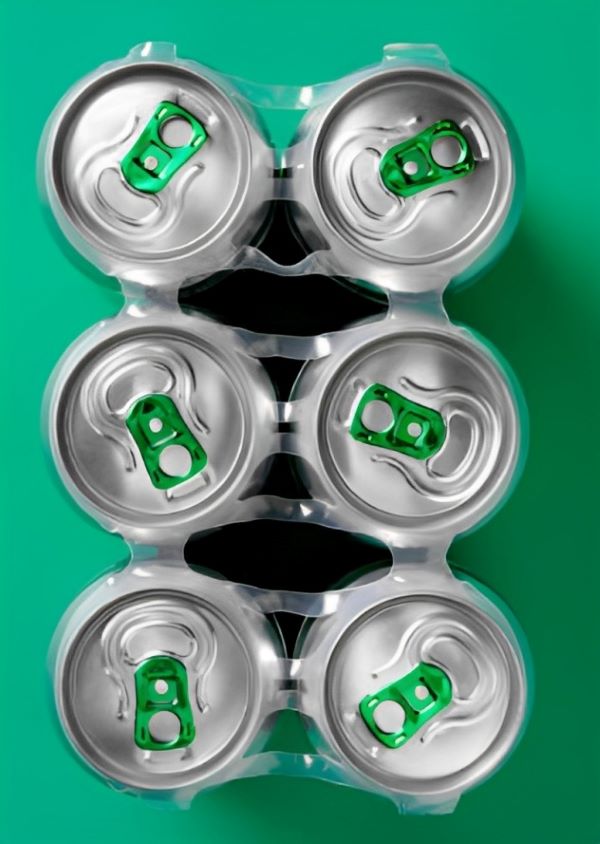

Application
What Is Aluminum Alloy Used For?
Aluminum alloy is used in a wide range of applications due to its unique properties. Some common uses include:
Aerospace
Automotive
Construction
Packaging
Electronics
Marine
Sports and Recreation
Industrial

Is aluminum alloy stronger than steel?
In terms of tensile strength, steel is generally stronger than most aluminum alloys. Steel is an alloy primarily composed of iron and carbon, with various other elements depending on the specific grade. Its crystalline structure and interatomic bonding contribute to its high tensile strength.
On the other hand, aluminum alloys are composed primarily of aluminum, with added alloying elements like copper, magnesium, and zinc. While aluminum itself is not as strong as steel, the addition of these elements enhances its strength, making certain aluminum alloys comparable to lower-grade steels in specific applications.
However, when considering the strength-to-weight ratio, aluminum alloys excel due to their lower density, making them valuable for industries like aerospace and automotive, where weight reduction is crucial.

Contact US
Ready to take your projects to new heights with premium aluminum alloy solutions? Our expert team is here to provide tailored advice, competitive pricing, and exceptional customer service. Reach out to us today and let’s create success together!


